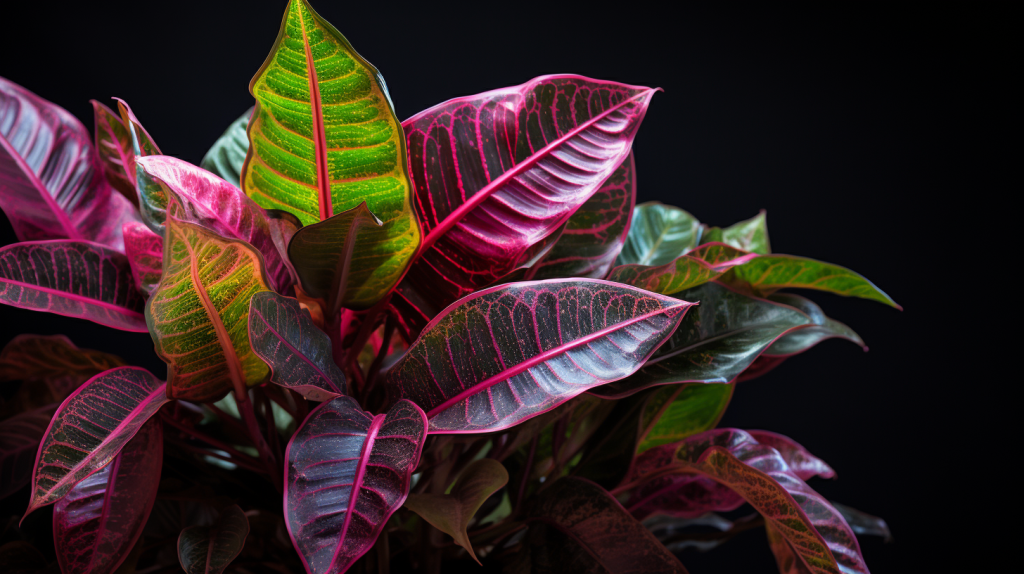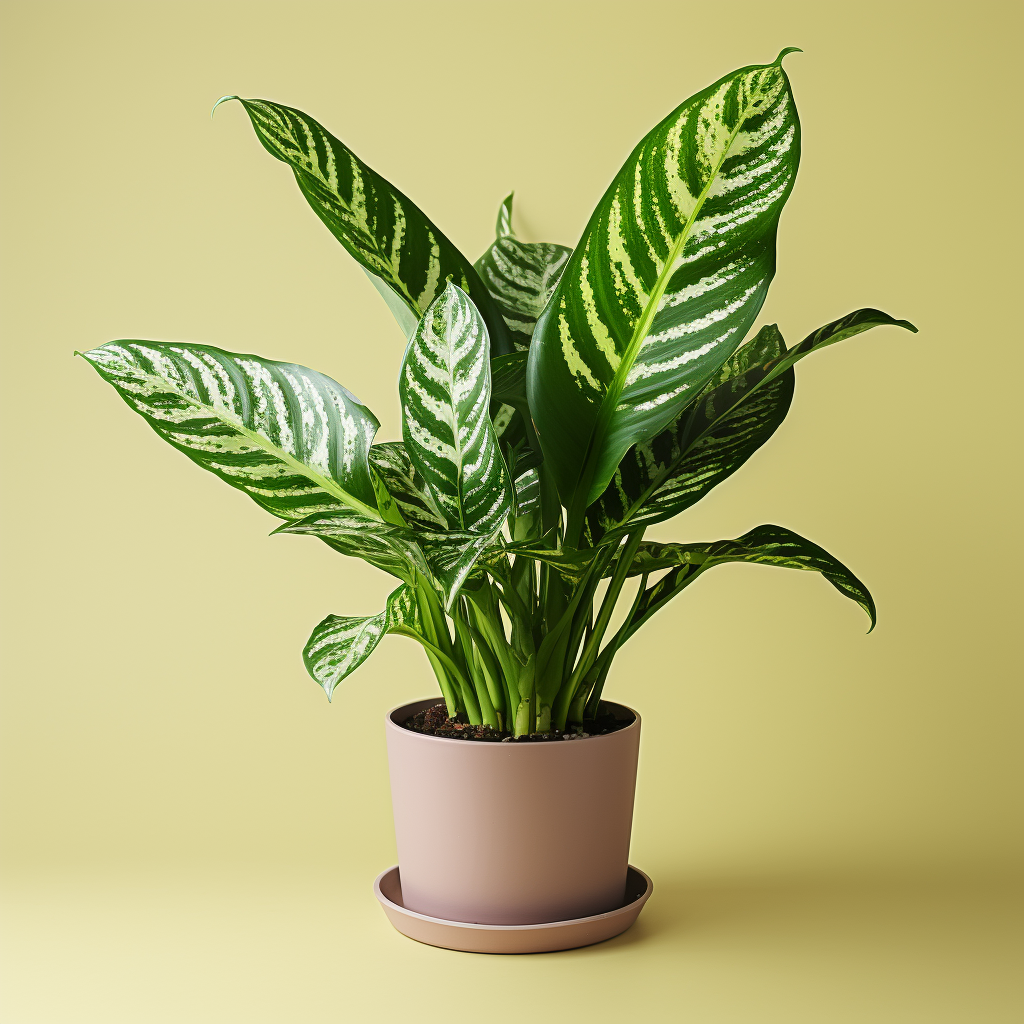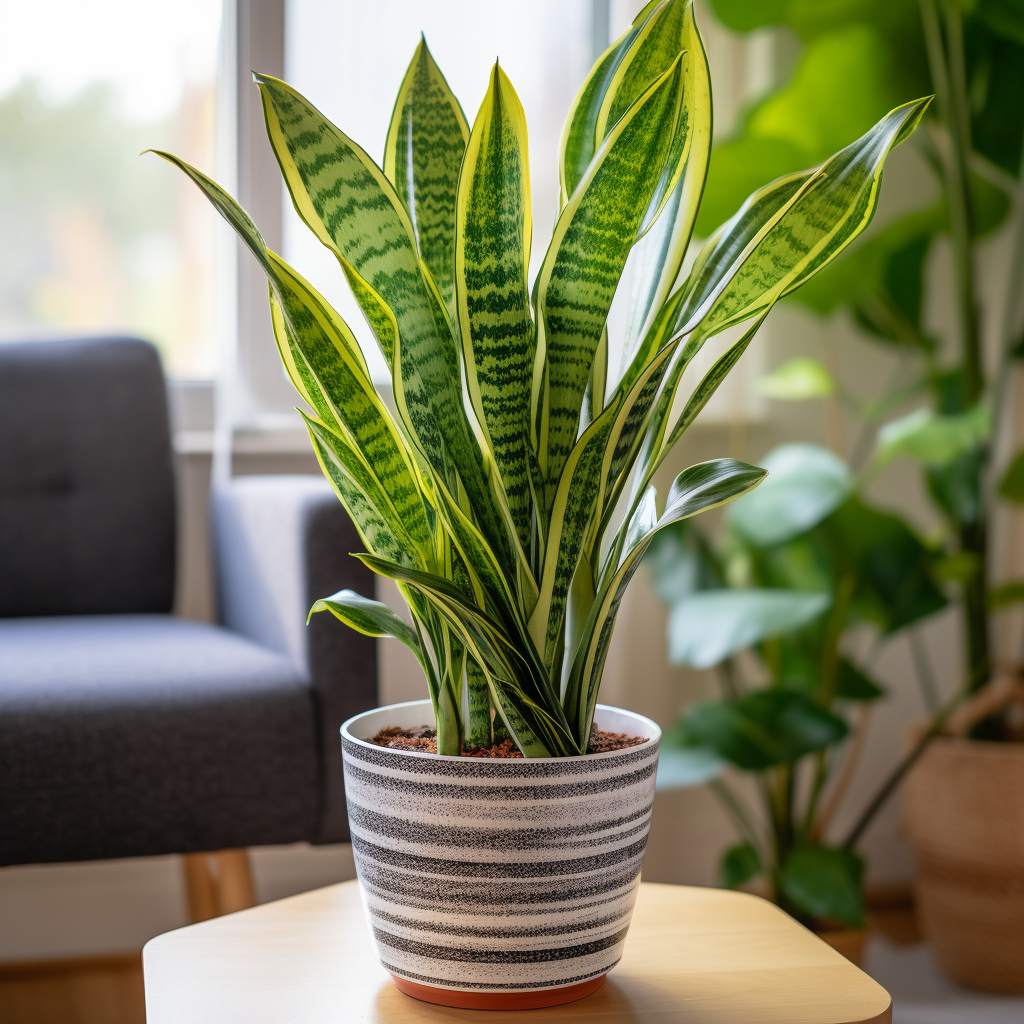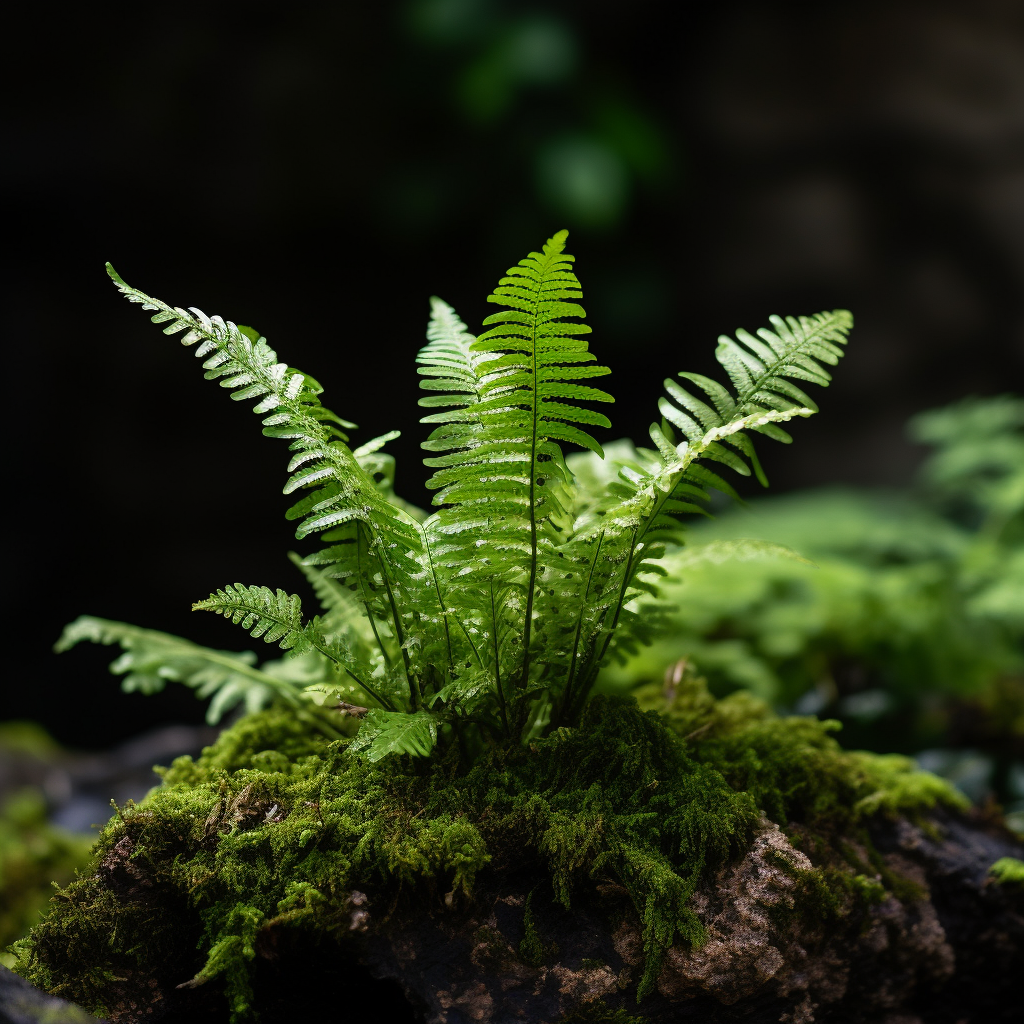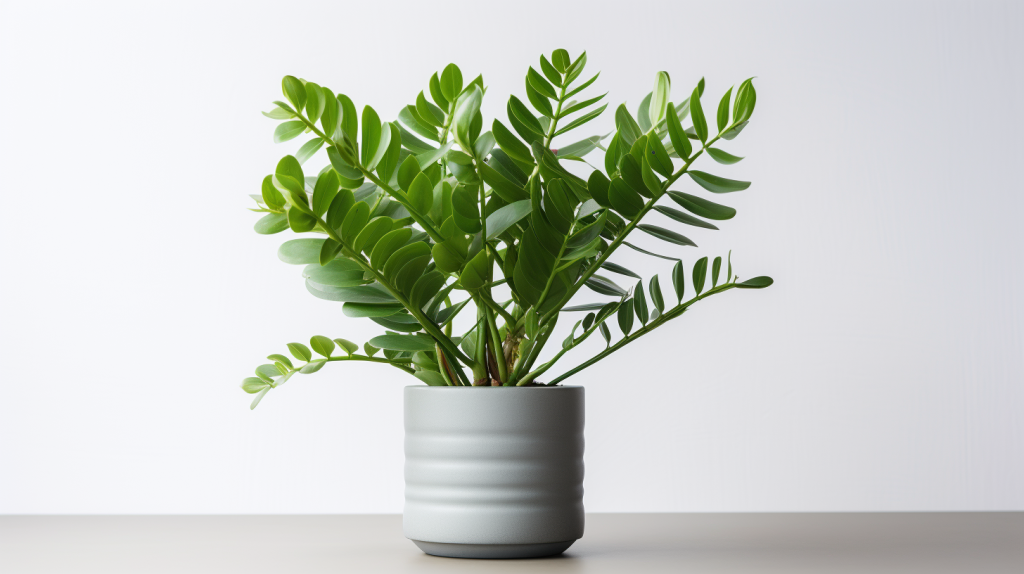From home gardens to office spaces, a variegated croton (Codiaeum variegatum) brings a splash of color and life into any setting. Their vibrant foliage and hardy nature make them a favorite among plant enthusiasts. However, knowing how to properly grow and care for this species can take your green-thumb game to the next level.
What is the Variegated Croton?
The Variegated Croton, also known as Codiaeum variegatum, belongs to the Euphorbiaceae family. Native to Indonesia, Malaysia, and Australia, this species has gained worldwide popularity due to its vibrant, colorful leaves. While primarily seen as a houseplant in colder climates, it also thrives outdoors in warmer environments.
Description Of Variegated Croton
The variegated croton is best known for its striking foliage. The leaves are large, leathery, and come in a wide array of colors. The palette ranges from green to orange, yellow, red, and even purple. A fully grown variegated croton can reach up to 10 feet tall, although indoor plants typically remain smaller.
What Does The Variegated Croton Look Like?
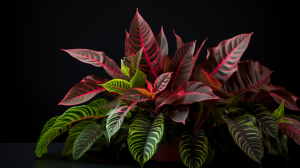
Imagine a plant that looks like it was painted by an artist. Each leaf is a unique canvas, with no two patterns alike. The leaves can be elongated or broad, wavy, or flat, each one a vibrant spectrum of colors. The veins often contrast vividly with the leaf color, creating a mesmerizing effect.
Variegated Croton Flowering
Although not as showy as the foliage, variegated crotons do produce flowers. The flowers are small, inconspicuous, and usually white. They often grow in long racemes, somewhat hidden amongst the colorful leaves. Flowering typically occurs during the late summer or early fall.
Displaying Variegated Croton
Whether indoors or outdoors, variegated crotons provide an excellent visual accent due to their vibrant foliage. They can be used as border plants in gardens, or as standout pieces in pots and containers. When kept indoors, they add a lively touch to any room, provided they get enough sunlight.
Is The Variegated Croton Poisonous?
A crucial aspect to note is that variegated crotons are indeed poisonous if ingested. They contain certain compounds which can cause skin irritation or gastrointestinal upset in humans and pets. Therefore, it’s essential to place them out of reach if you have small children or curious pets.
Variegated Croton Facts
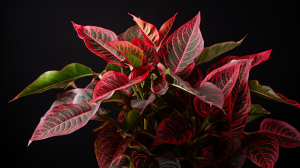
Variegated Crotons are not just visually stunning; they also have interesting facts attached to them. For instance, did you know they were initially discovered in the wild forests of Southeast Asia? Or that they’re technically considered evergreen shrubs? Here’s a table with some more fascinating facts.
| Fact | Description |
|---|---|
| Scientific Name | Codiaeum Variegatum |
| Family | Euphorbiaceae |
| Native to | Indonesia, Malaysia, Australia |
| Type | Evergreen Shrub |
| Typical Height | Up to 10 Feet |
| Foliage Colors | Green, Orange, Yellow, Red, Purple |
| Poisonous | Yes, If Ingested |
Caring For Variegated Croton
Looking after a variegated croton involves understanding its basic needs, such as light, water, and temperature requirements. Here’s a table summarizing the care guide for this colorful plant.
| Care Aspect | Recommendation |
|---|---|
| Light | Bright, indirect sunlight |
| Water | Keep soil consistently moist |
| Temperature | 60-85°F (15-29°C) |
| Soil | Well-draining soil |
| Fertilizer | Use a balanced fertilizer every two weeks during growing season |
Common Problems
Variegated crotons, while hardy, can still encounter issues. Common problems include leaf drop caused by sudden temperature changes, and pests such as mealybugs and spider mites. Overwatering can also lead to root rot. Regular check-ups and prompt responses can keep these problems at bay.
Frequently Asked Questions
- What kind of light does a Variegated Croton need? The Variegated Croton prefers bright, indirect sunlight. A few hours of direct morning sunlight won’t hurt, but too much direct sunlight can cause leaf burn.
- Is it normal for a Variegated Croton to drop leaves? Yes, it’s normal for these plants to shed some leaves, especially when they’re adjusting to a new environment. However, a significant leaf drop could indicate a problem with watering or lighting conditions.
- How often should I water my Variegated Croton? Keep the soil consistently moist but not waterlogged. During the growing season, water the plant thoroughly and allow the top inch of soil to dry out between waterings. In winter, reduce watering.
- Can Variegated Crotons survive low light conditions? While they can tolerate low light conditions for a while, their leaf coloration will become less vibrant. For the best foliage colors, provide bright, indirect light.
- How often should I fertilize my Variegated Croton? Fertilize every two weeks during the growing season (spring and summer) with a balanced houseplant fertilizer.
Conclusion
There you have it – a comprehensive guide on the Variegated Croton. This vibrant, attention-grabbing plant makes a fantastic addition to any space, provided you’re willing to meet its care requirements. Remember, these plants love bright light, consistent moisture, and warm temperatures. With the right care, your Variegated Croton will grow into a stunning statement piece that complements any décor style.
References
- “Codiaeum Variegatum (Variegated Croton).” Plant Care Today. https://www.plantcaretoday.com/codiaeum-variegatum.html
- “Codiaeum Variegatum – Plant Finder.” Missouri Botanical Garden. http://www.missouribotanicalgarden.org/PlantFinder/PlantFinderDetails.aspx?kempercode=b585
- “Variegated Croton (Codiaeum Variegatum ‘Variegatum’).” North Carolina Extension Gardener Plant Toolbox. https://plants.ces.ncsu.edu/plants/codiaeum-variegatum-variegatum/

